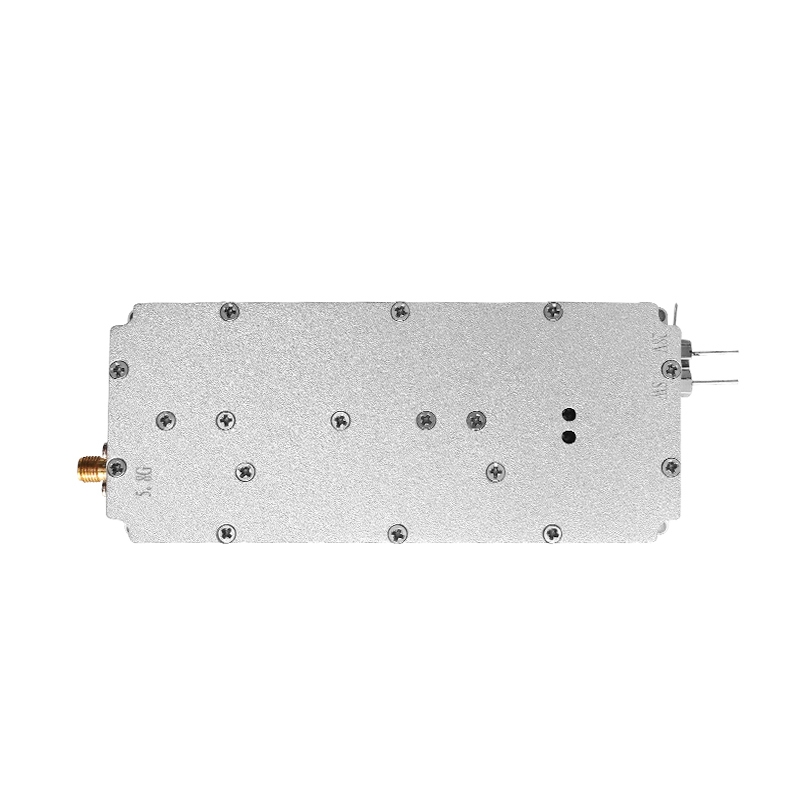Understanding the Scope: Signals Blocked by Counter Jammer Technology
2024-05-09
In the ever-evolving landscape of technology, the rise of drones has brought about a pressing need for effective countermeasures to mitigate potential risks posed by unauthorized drone activity. Among these countermeasures, signal blockers have emerged as a crucial tool in neutralizing the capabilities of drones. But what types of signals can these counter jammers block, and how do they contribute to ensuring airspace security? Let's delve into the spectrum of signals targeted by these advanced technologies.
Radio Frequency (RF) Signals:
At the heart of drone communication lies radio frequency (RF) signals, which serve as the primary means of interaction between drones and their operators. Counter jammers are adept at disrupting various RF signals utilized by drones, including:
1. Control Signals: Drones rely on RF signals to receive commands from their remote controllers, directing their movement, altitude, and other operational parameters. Counter jammers can effectively block or interfere with these control signals, rendering the drone unresponsive to its operator's commands.
2. GPS Signals: Global Positioning System (GPS) satellites provide crucial positioning information to drones, enabling them to navigate and maintain their position accurately. By jamming GPS signals, counter jammers can disrupt the drone's ability to receive positioning data, causing it to lose its position lock or revert to a failsafe mode.
Wi-Fi and Bluetooth Signals:
In addition to RF signals used for control and navigation, drones may also employ Wi-Fi or Bluetooth connectivity for communication with their operators or other devices. Counter jammers can target and block these wireless signals, preventing the drone from establishing connections with external devices or networks. By disrupting Wi-Fi or Bluetooth communication, counter jammers further impede the drone's operational capabilities and limit its potential for unauthorized activity.
Other Communication Protocols:
Depending on the specific model and configuration of the drone, it may utilize various communication protocols for data transmission and control. Counter jammers are designed to detect and block signals across a wide range of communication protocols, including:
- 2.4 GHz and 5.8 GHz Bands: Common frequency bands used for drone control and Wi-Fi communication.
- 433 MHz and 915 MHz Bands: Frequencies utilized for remote control and telemetry in certain drone models.
- Cellular Networks: Drones equipped with cellular connectivity may transmit data over cellular networks, which can be targeted by counter jammers to disrupt communication.
Advanced Detection and Mitigation:
To effectively neutralize the capabilities of drones, counter jammers often incorporate advanced detection and mitigation capabilities. These technologies enable counter jammers to detect drones within their operational range and initiate jamming measures to neutralize potential threats. By employing a multi-layered approach to signal blocking, counter jammers ensure comprehensive coverage and protection against unauthorized drone activity.
Conclusion:
In conclusion, counter jammers play a vital role in safeguarding airspace integrity and mitigating the risks posed by unauthorized drone activity. By targeting a wide range of signals used by drones for control, navigation, and communication, these advanced technologies neutralize the operational capabilities of drones and ensure the safety and security of critical infrastructure, events, and sensitive areas. As drone technology continues to evolve, counter jammers will remain essential tools in maintaining airspace security and protecting against emerging threats.



